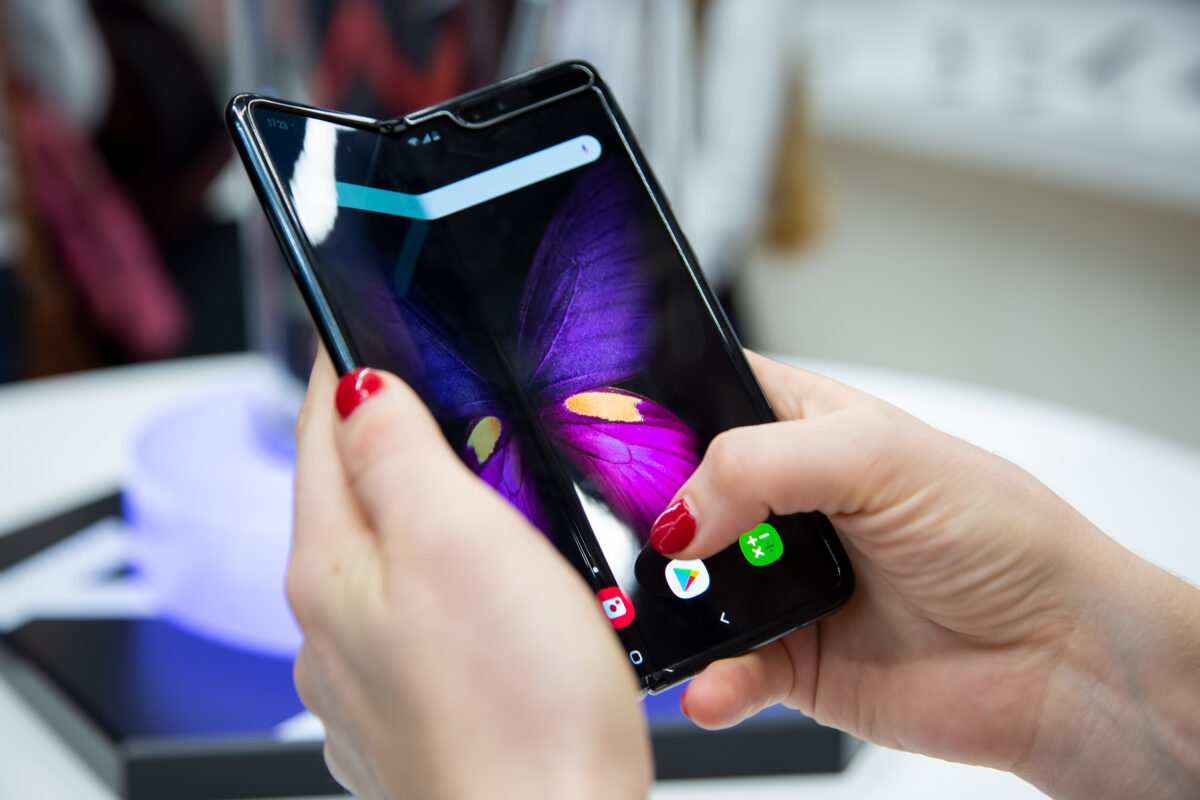Flexible screens that the consumer can fold or roll were once a complex novelty. Now, they are becoming increasingly more commonplace.
More and more phones and electronic devices are offering flexible screens. Only recently were the newest Samsung Galaxy phones released with folding screens. Oppo, LG and other providers are also beginning to offer flexible screens for their devices.
The first phones with curved displays were produced in 2014 when plastic joined glass as a screen substrate option. The flexible plastic could be bent without breaking, and was much more durable than a thin fragile sheet of glass.
Any kind of screen needs to be durable, but the necessity is increased when flexibility and folding is considered. The other layers of the device have to be just as flexible and durable, which is a factor that has led to a much longer development time.
I don’t believe my eyes!
OLED is currently the display of choice on flexible screens, often being chosen over the LCD alternative. Unlike the backlit LCD screen, the pixels themselves are what emit light in OLED. Thanks to this OLED screens can be much thinner and lighter.
Aside from the cover layer, the glass or plastic layer we interact with, and the OLED, there are two other layers in a flexible touchscreen device:
The substrate layer, which is the bottom layer of the screen, supports the layers that follow. This is usually made of plastic or metal. The most common substrate used for flexible devices is polymide, which has a high mechanical strength and thermal stability. This is also usually used for the cover layer as well.
Powered pixels
The thin film transistor (TFT) layer is between the substrate and the OLED layer. It controls the power delivery to each pixel individually, allowing for high contrast rates and lower power consumption.
Within the TFT layer itself there are also several components that go into its construction. The first layer is glass, metals and polymers and is only microns thick.
Next, there is a gate electrode made of aluminium, gold or chromium. The gate electrode provides a signal to the TFT which begins the contact between the source and drain.
The third layer, an insulator, is used to stop electrical shorting in between the two layers. After that there is another electrode layer and is deposited over the semiconducting surfaces.
Welcome to the fold
As a specialist in day-to-day and obsolete electronic components, Cyclops Electronics can help you source the components you’re looking for. With an extensive stocklist and a dedicated team of account managers, we can guarantee to go above and beyond our competitors. Contact Cyclops today to see what we can do for you on sales@cyclops-electronics.com, or call +44 (0) 1904 415 415.




